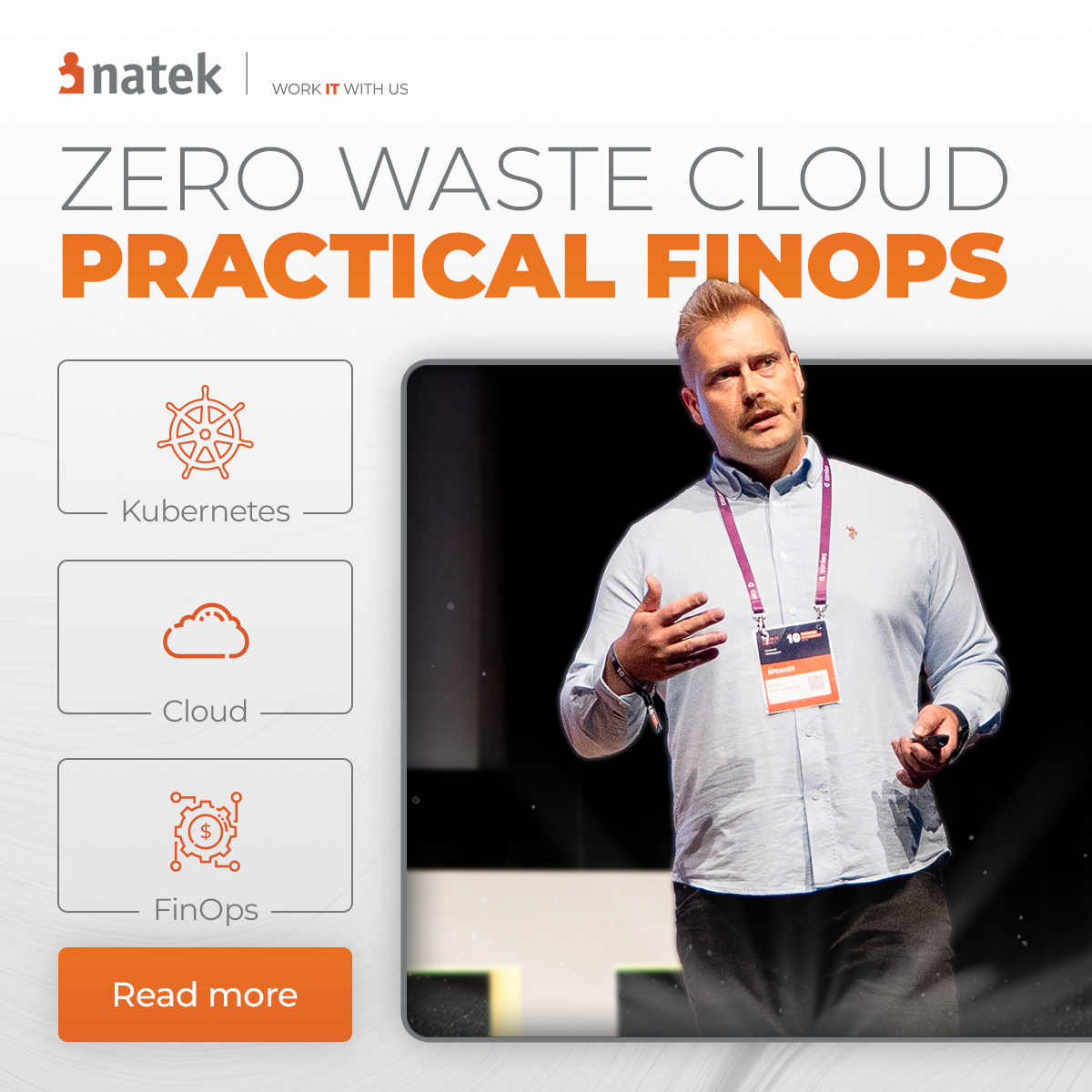Cloud automation is a central component of the overall business cloud strategy. As digital transformation is progressing faster than ever, automation is not a possibility but a necessity. Especially, if the company’s goal is to make sure that the rapid changes of living and working would not affect the constant delivery of their services, cloud automation seems to be the key to success.
Fortunately, there is a variety of cloud automation and orchestration tools available.
In NATEK, we have consolidated the knowledge of our experts working on more than 24 projects that are focused on automation. Thus, in this article, we will dwell on one of the most popular according to their experience: Ansible. We will highlight its major benefits and reveal how to decrease time for installation and integration from 40 hours to 4 hours.
Among many popular cloud automation tools, Ansible stands out with three major advantages:
Simple
One of the most attractive things about Ansible is its simplicity. It’s based on Python and the configurations are written in a human-readable language, YAML. Also, minimal design, consistency, and high reliability make the learning curve extremely low for administrators, developers, and IT managers. An active SSH connection will be the only thing required to start managing systems.
Time-saving
Ansible fits in multiple areas of cloud-native infrastructure management, but creating new cloud resources using Ansible Playbooks, is crucial for accelerating the deployment process. We can describe in there all steps of building a virtual machine and run the playbooks as many times as needed. By parametrization, the deployment process can be modified without editing the Ansible Playbook. It’s already time-saving for one case, but what about when we need to cover multiple scenarios with their particular set of parameters? By using an Ansible Tower, we can package our parametrized playbook into a self-service catalog item ready for every available scenario.
Multi-purpose
Not only new cloud resources can be created. Ansible can also use a cloud provider as a source of information about existing resources. Teams are ready to dive into the concepts which they already understand and there is no need for another group of people to maintain. Thanks to this dynamic approach, the hundreds of servers can be controlled effortlessly, and manual inventory management may be forgotten. Having dynamic inventory and using Ansible’s ability to execute operations in batches we can perform rolling updates of clusters.
It all adds up to an extremely potent tool, but how to actually get started?
As Ansible has been in use for quite a long time, still a traditional model of many businesses is to have infrastructure provisioning processes separated from the configuration management workflows. Even if the configuration management is automated, the system administrators may still stick to managing infrastructure manually. The tool is so widely used, that it doesn’t have to be limited only to cloud automation. The users can get the advantage of more features, but as simple as it seems, creating a high-quality Ansible integration is a thorough process. The best way is to outsource the development of Ansible Collections to experts.

Here at NATEK, we provide high-quality services related to cloud automation and optimization from which your business can benefit significantly. In our Delivery Centers, we created a highly specialized, fully functioning IT Team responsible for:
-integration and installation of custom applications,
-platform deployment,
-implementation of automatic tests and validation mechanisms.
Your business can also benefit from having an automated, ready-to-use and simple provisioning tool ideal for cloud and DevOps processes, and many more. Our experts will guide you through the complex evaluation of existing processes and show you how to optimize them from 40 to 4 hours.
Get in touch



